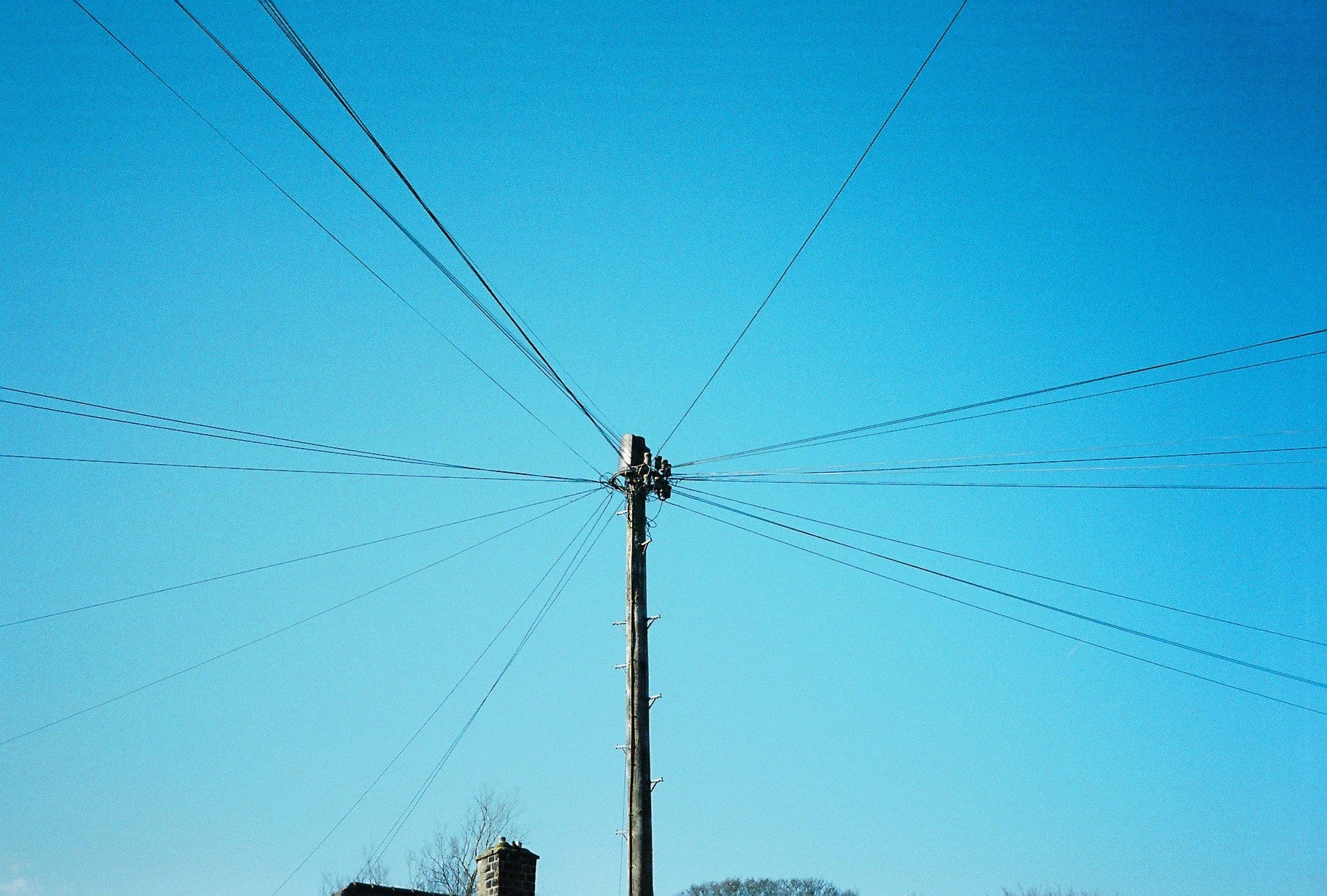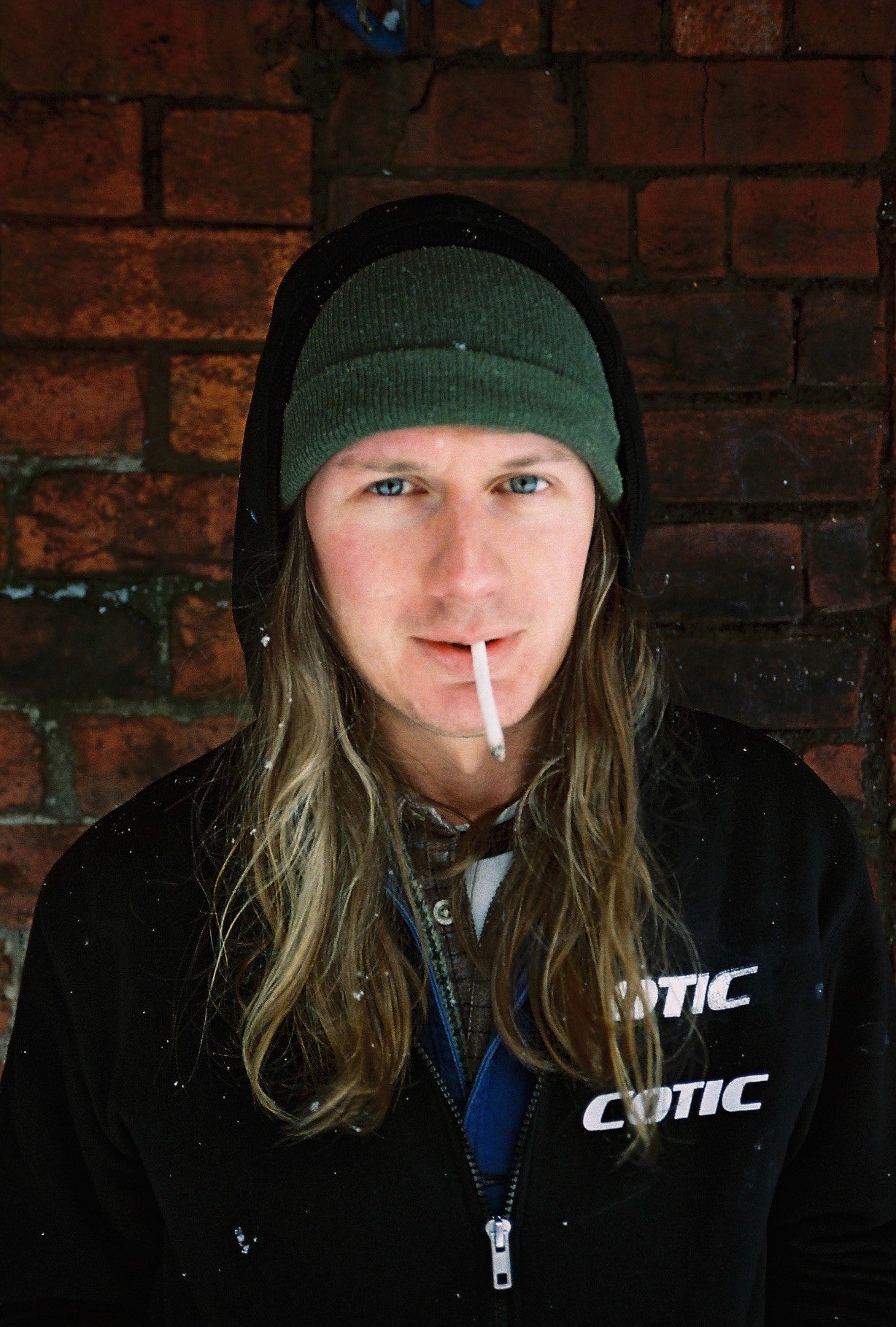Mr. Mamnick Wins the Nationals!
Pre-pandemic I asked Phil Axe "Do you think you could win the Nationals in the Dazzle kit?", he said he'd try but then we went into lock-down.
Yesterday, that opportunity finally came around again and he did exactly what he set out to do, in emphatic style!
Taking advantage of a short climb on the course, not only did Phil catch the race in front, he passed them all and rode to an incredible solo victory before enjoying a cup-of-tea and driving us both back to Sheffield! (I've always admired humility in great cyclists).
I documented the day and below are the images which, I hope, tell the story of when Mr. Mamnick took flight in the baking hot Peterborough summer sun!











































All words and photos by Thom Barnett
Continue reading





















 "That's my Cycle", Wall in India, 1989
"That's my Cycle", Wall in India, 1989  In the north of the Sahara desert, Algeria, 1985
In the north of the Sahara desert, Algeria, 1985 Monument Valley, USA. Cycling across America, 1992.
Monument Valley, USA. Cycling across America, 1992. Rough Road, Utah. USA, 1992.
Rough Road, Utah. USA, 1992.  Japan, 1994.
Japan, 1994. Bike Path near Zandvoort, The Netherlands. Cycling the North Sea coast with offspring, 2016.
Bike Path near Zandvoort, The Netherlands. Cycling the North Sea coast with offspring, 2016. Bike Path near Breskens, The Netherlands, 2017.
Bike Path near Breskens, The Netherlands, 2017.

















